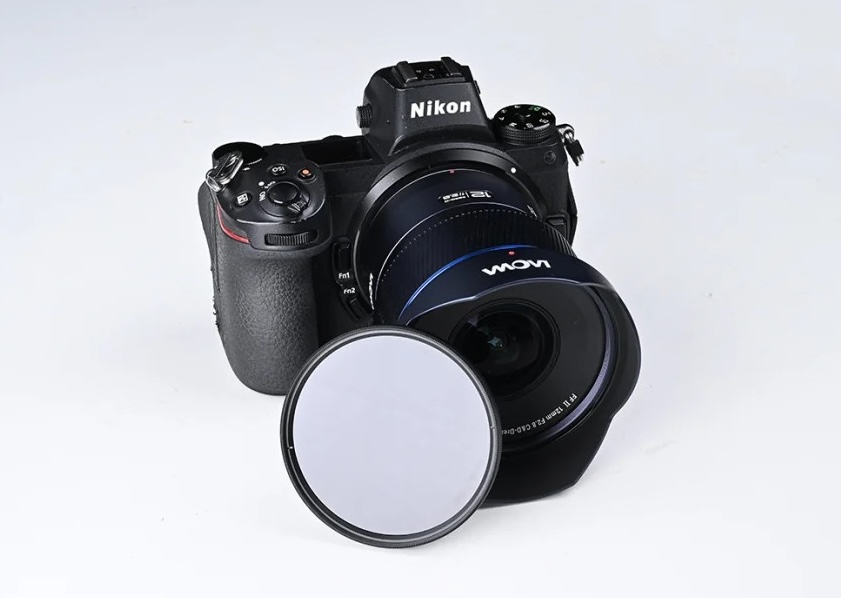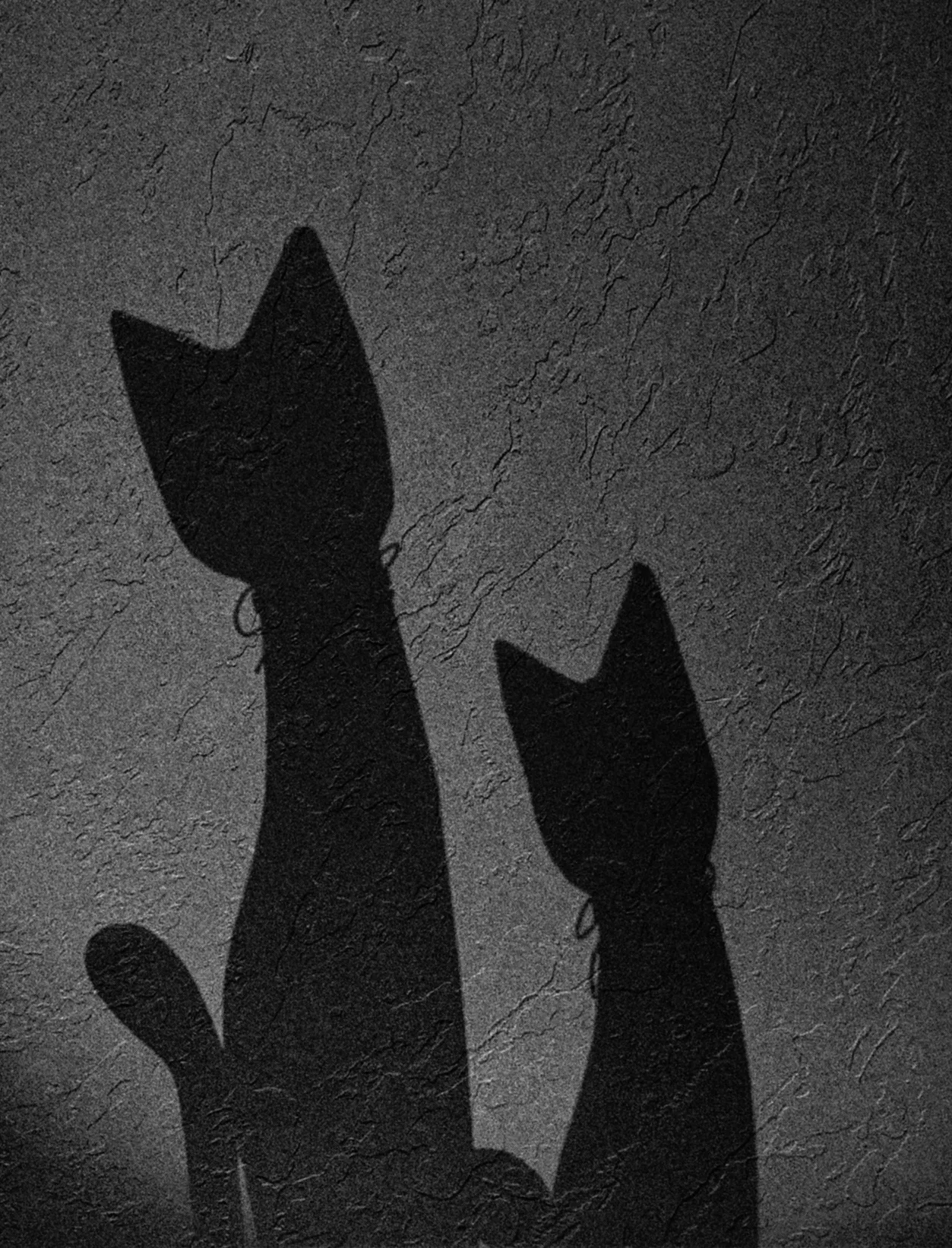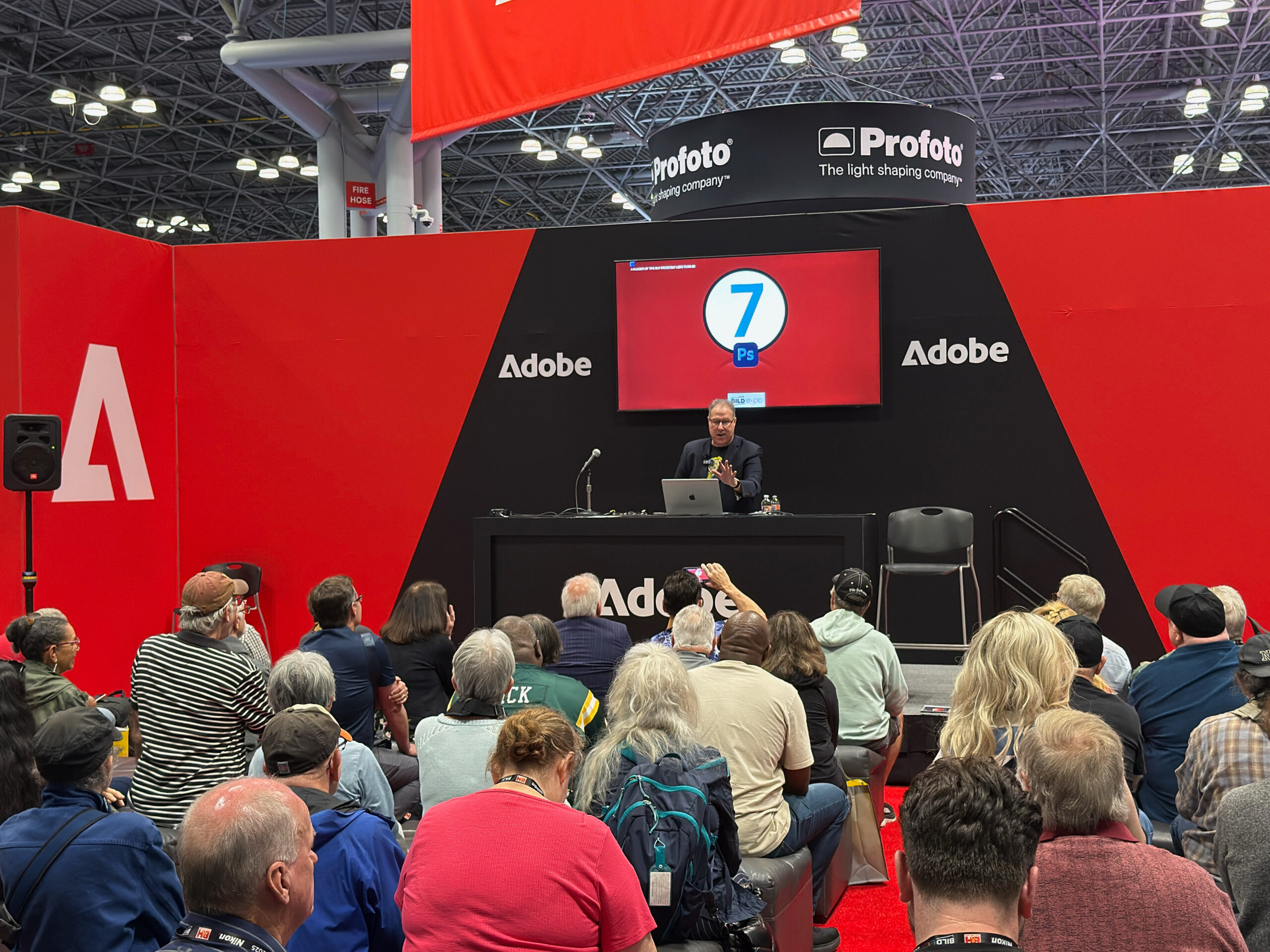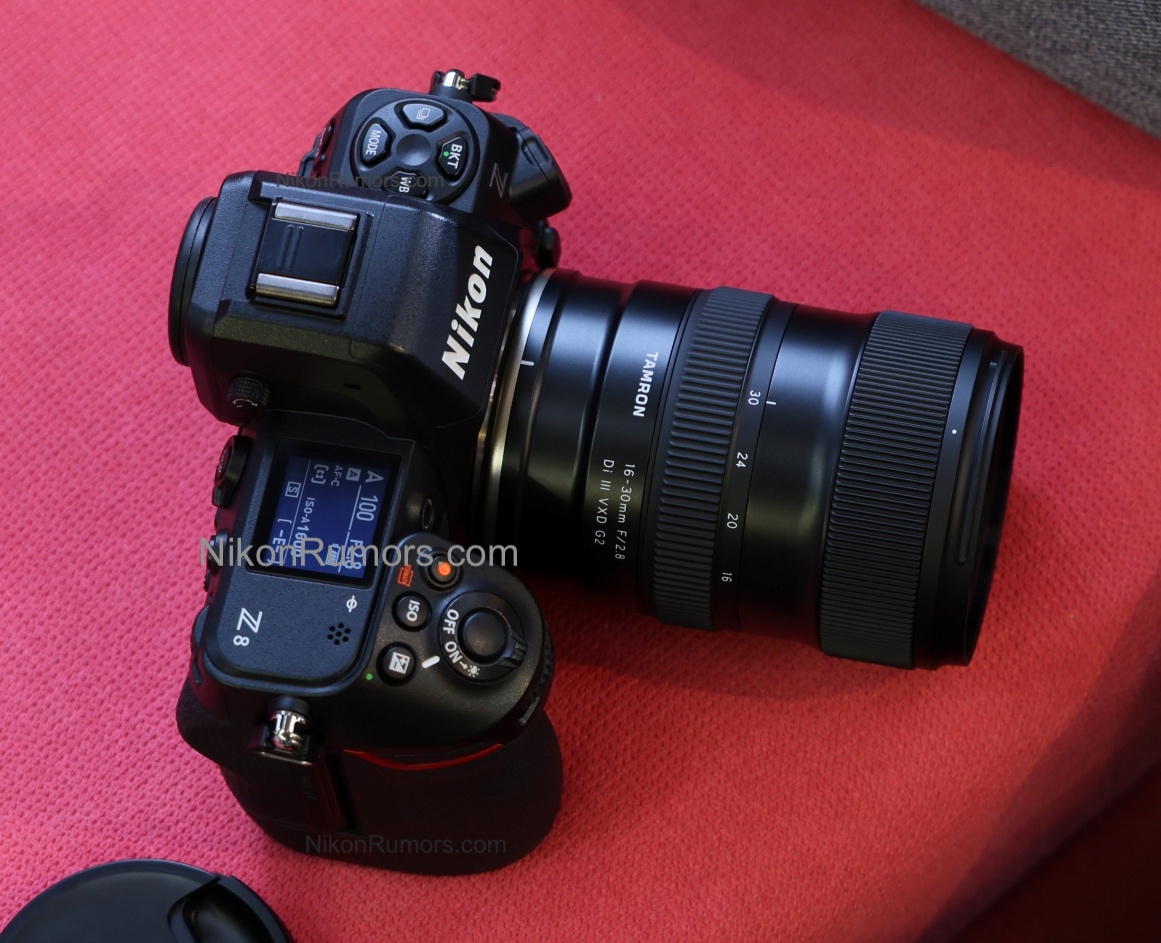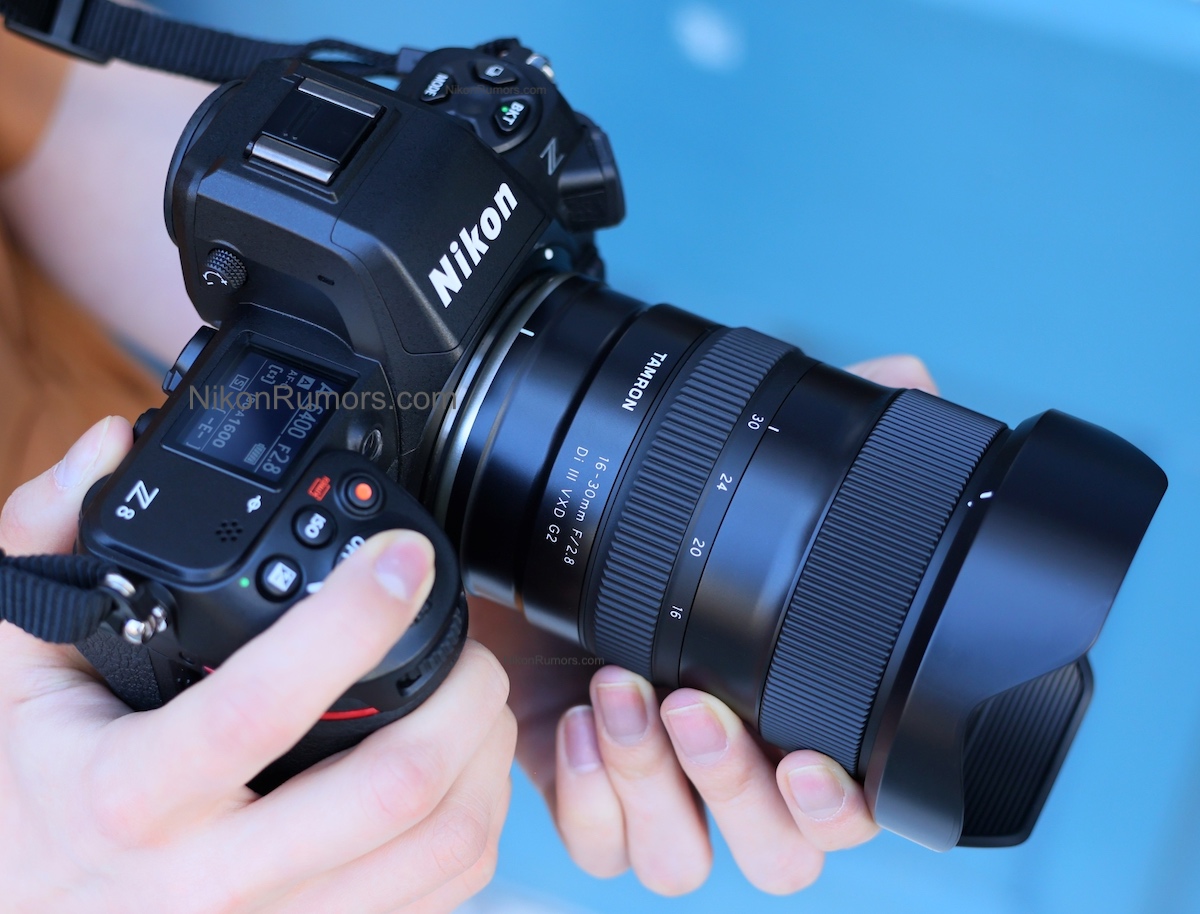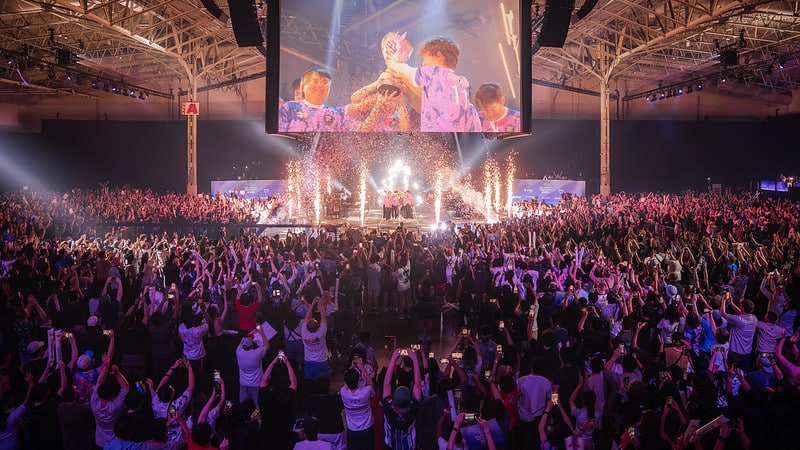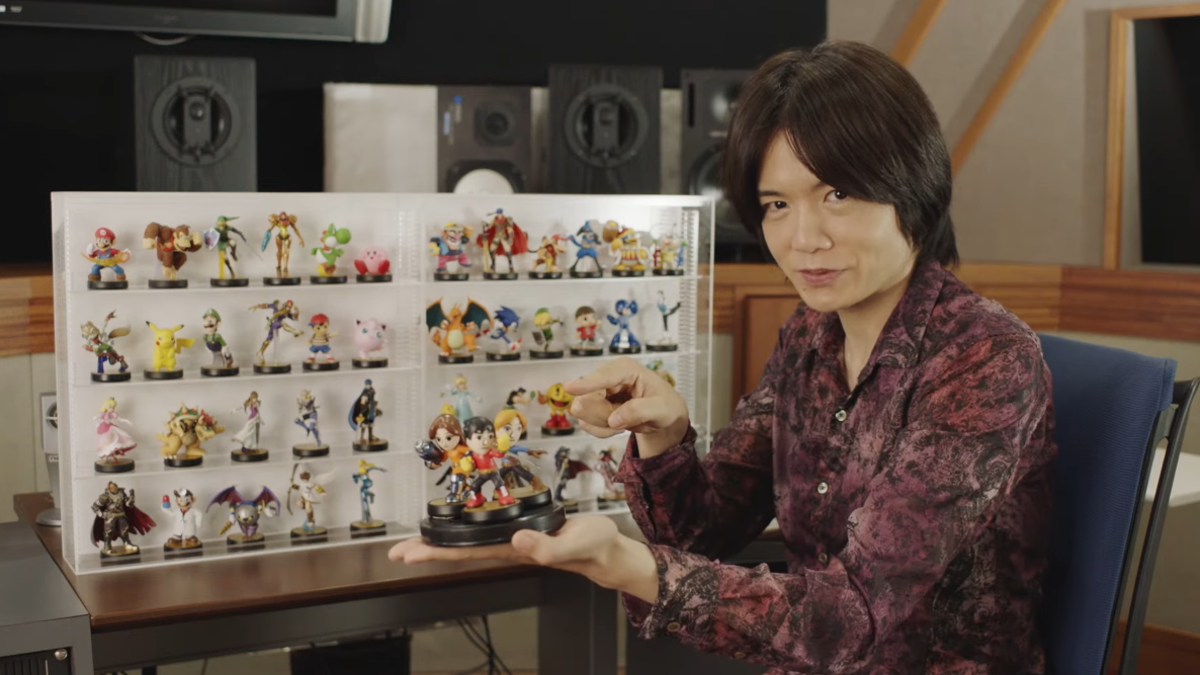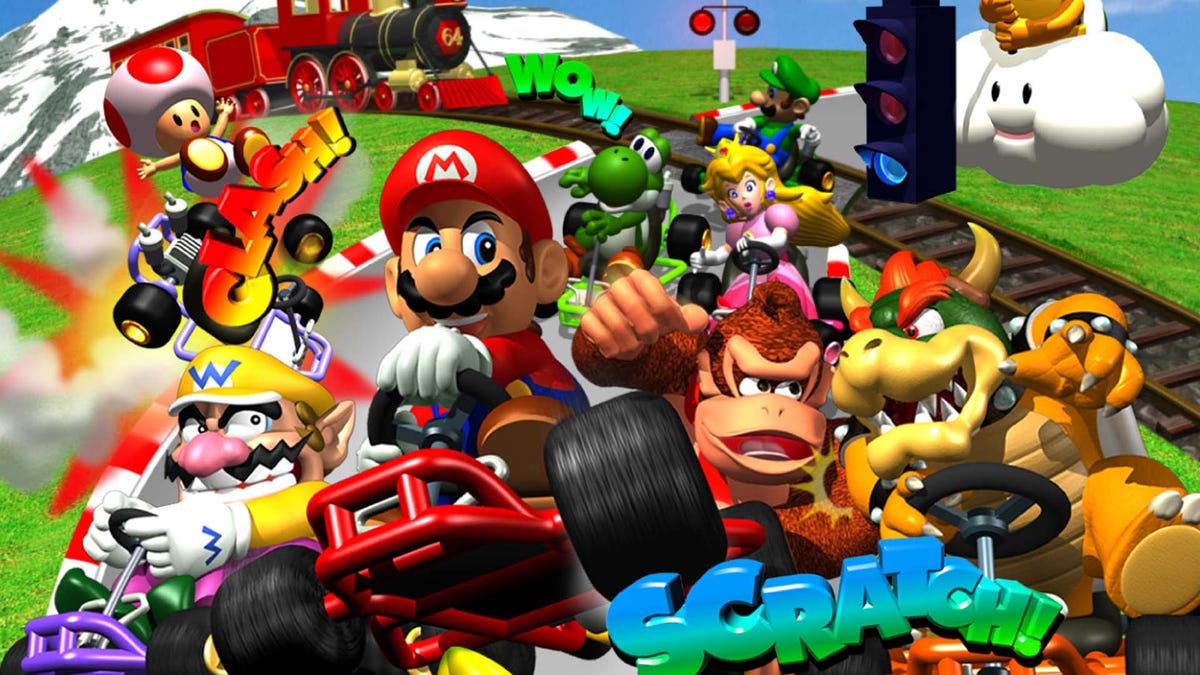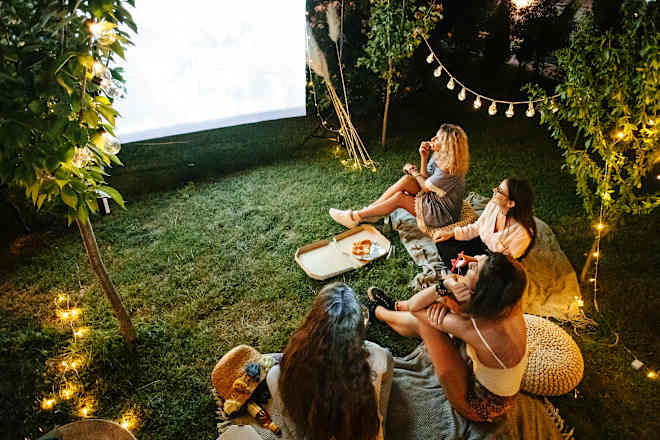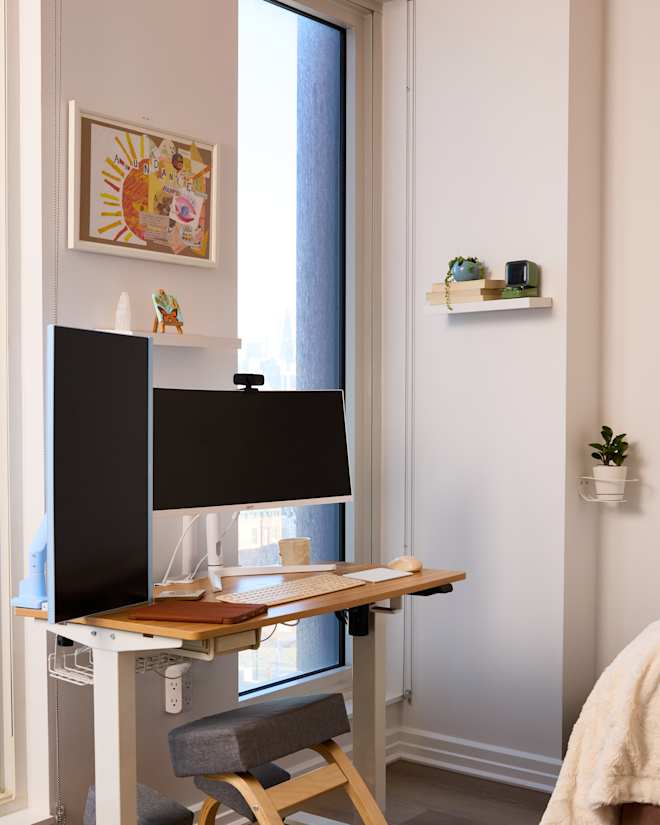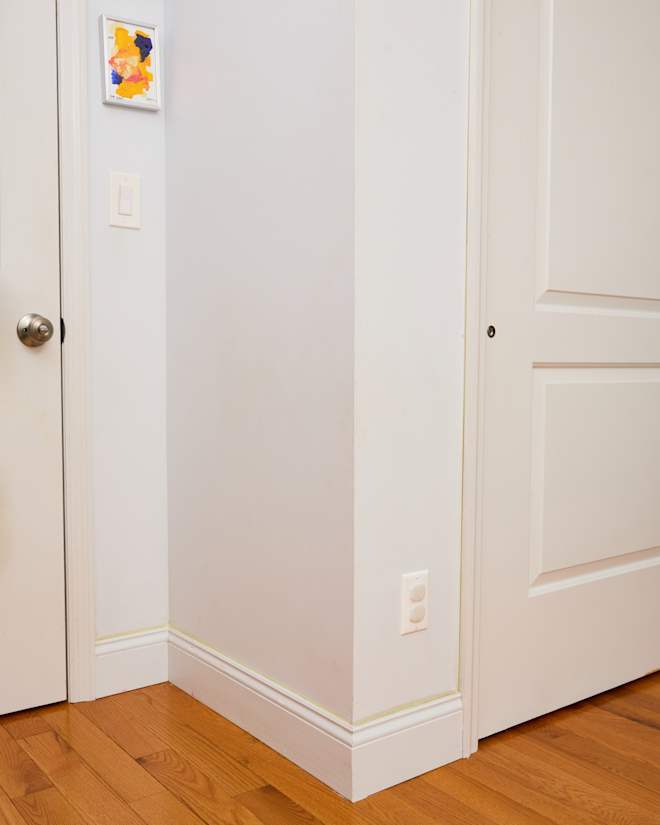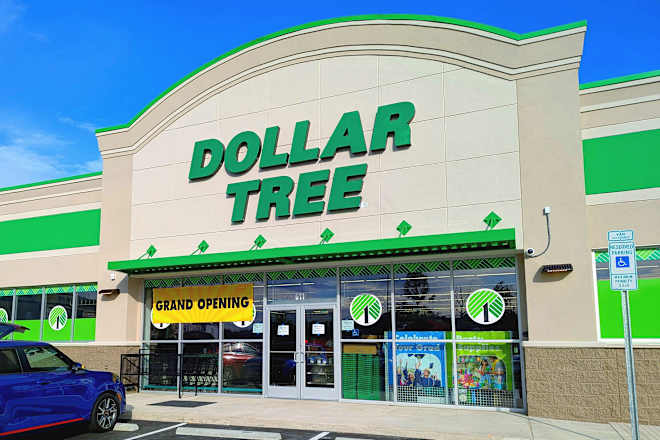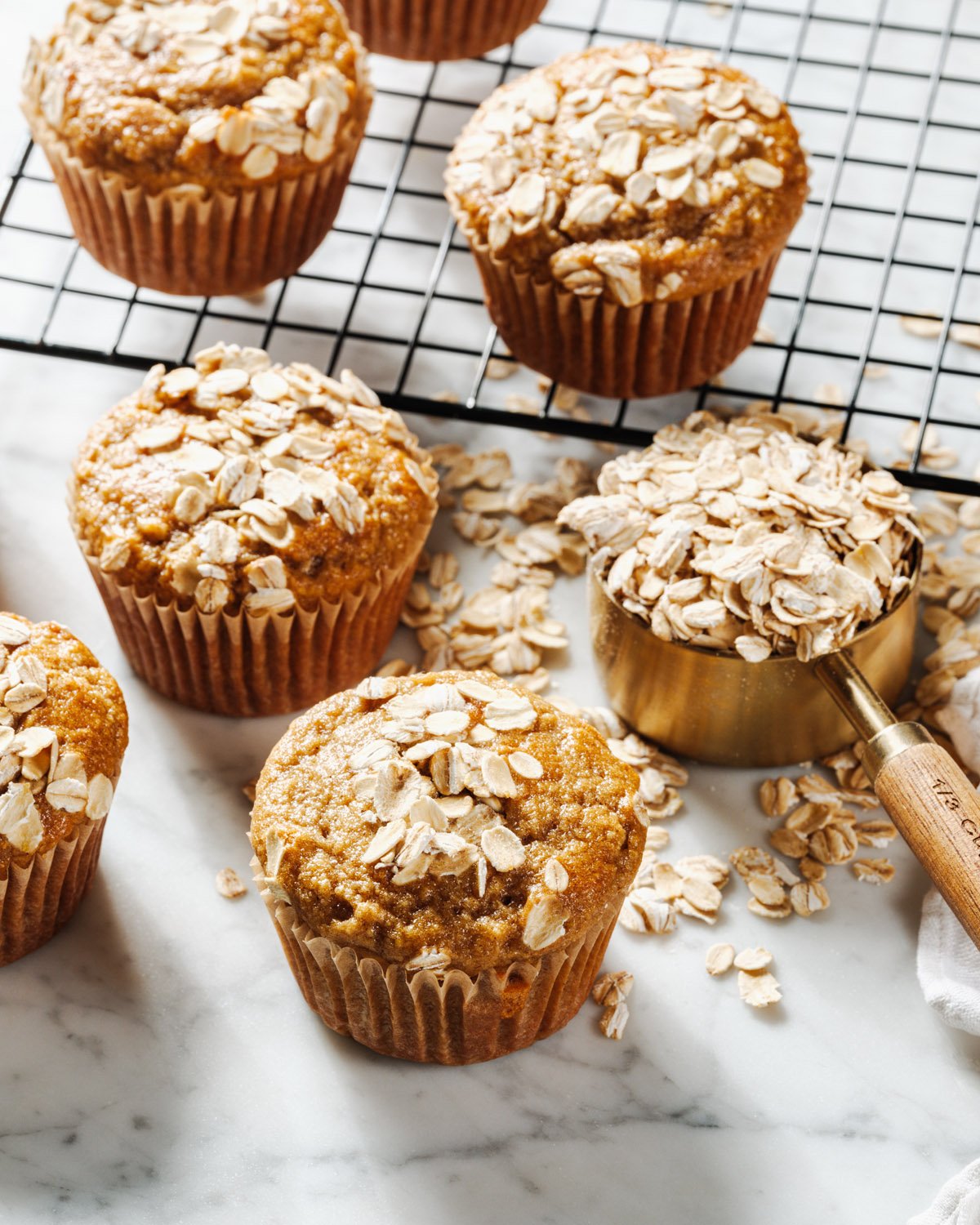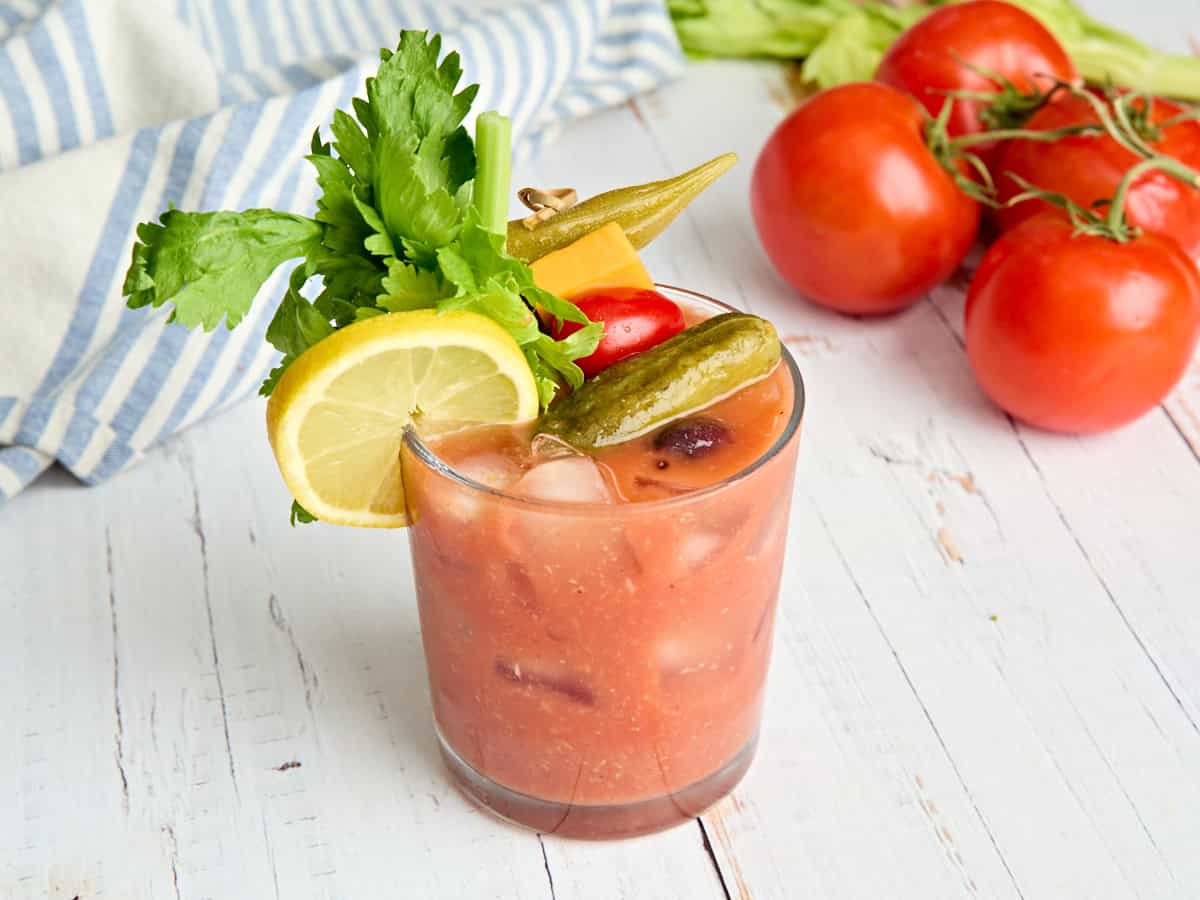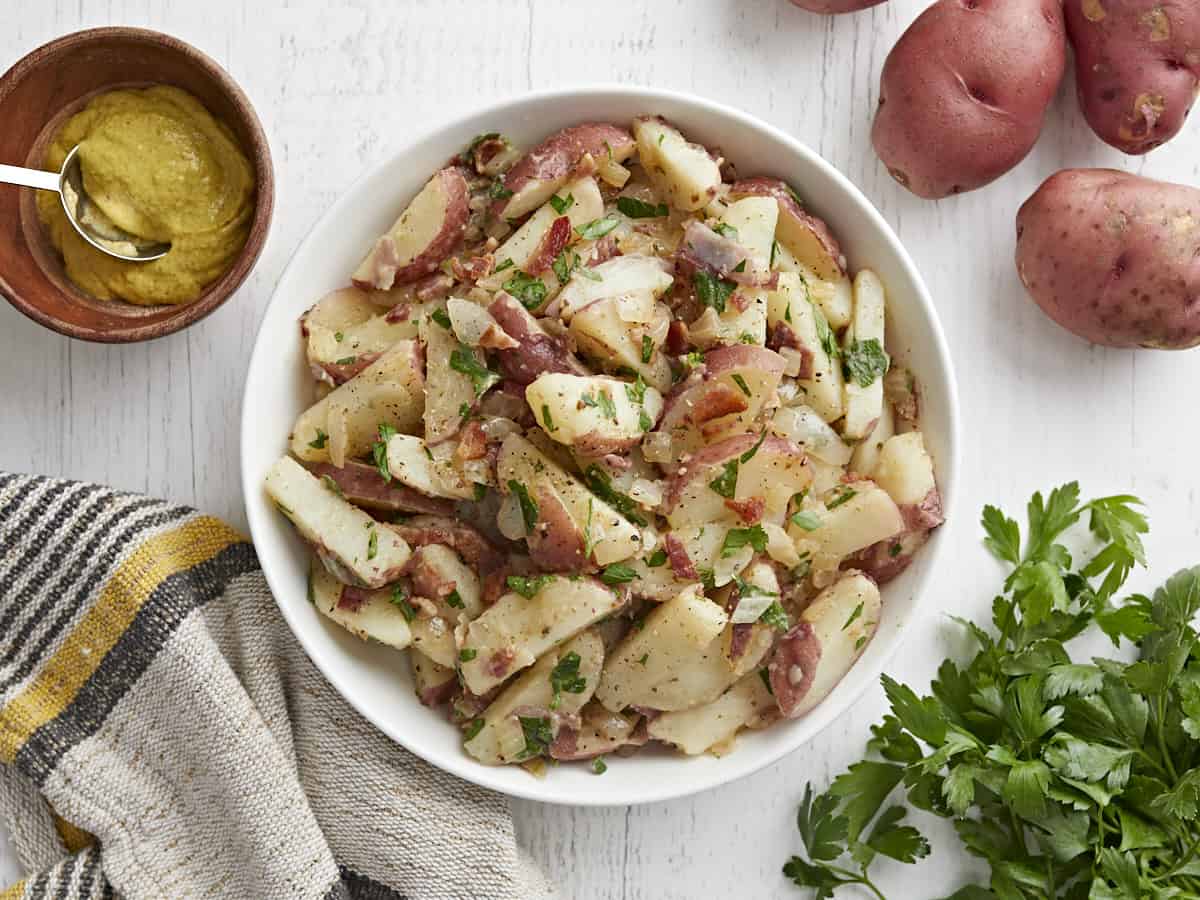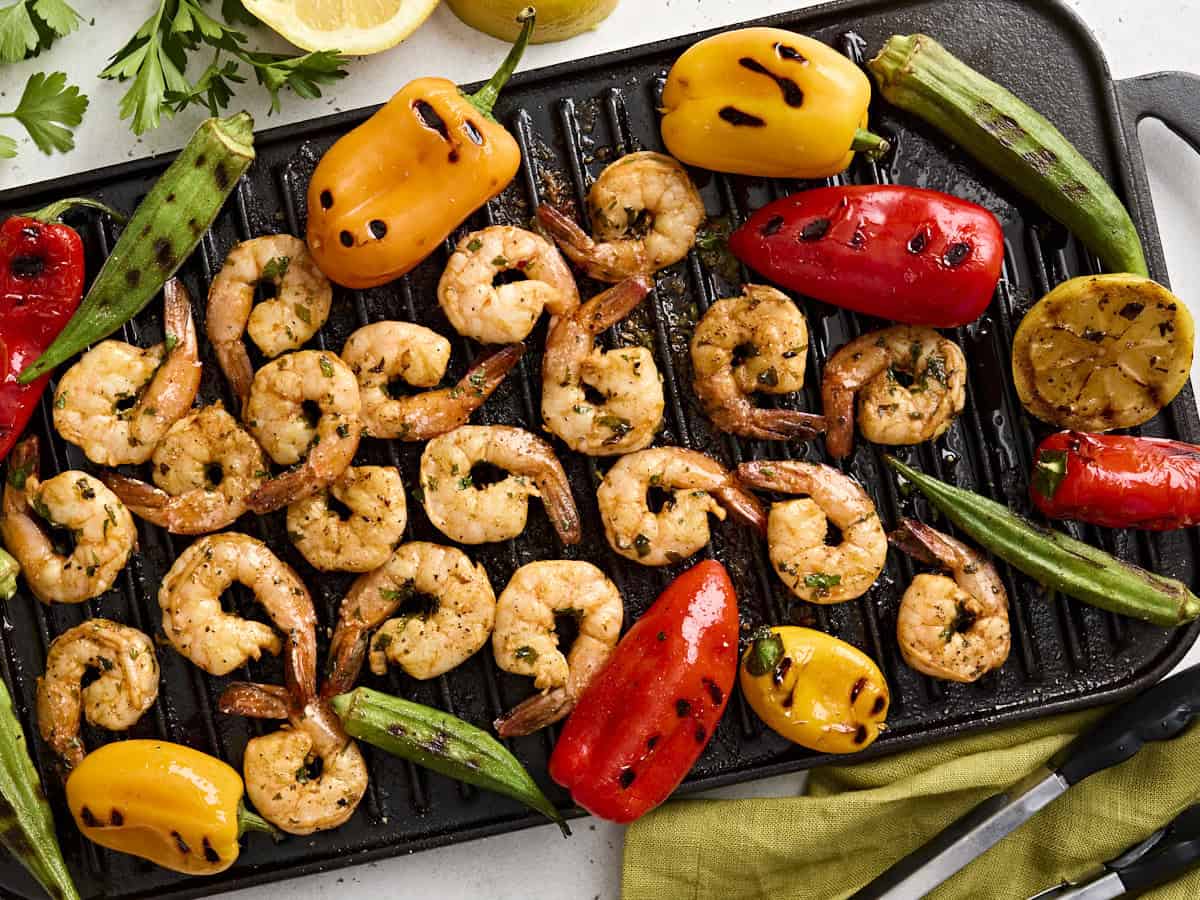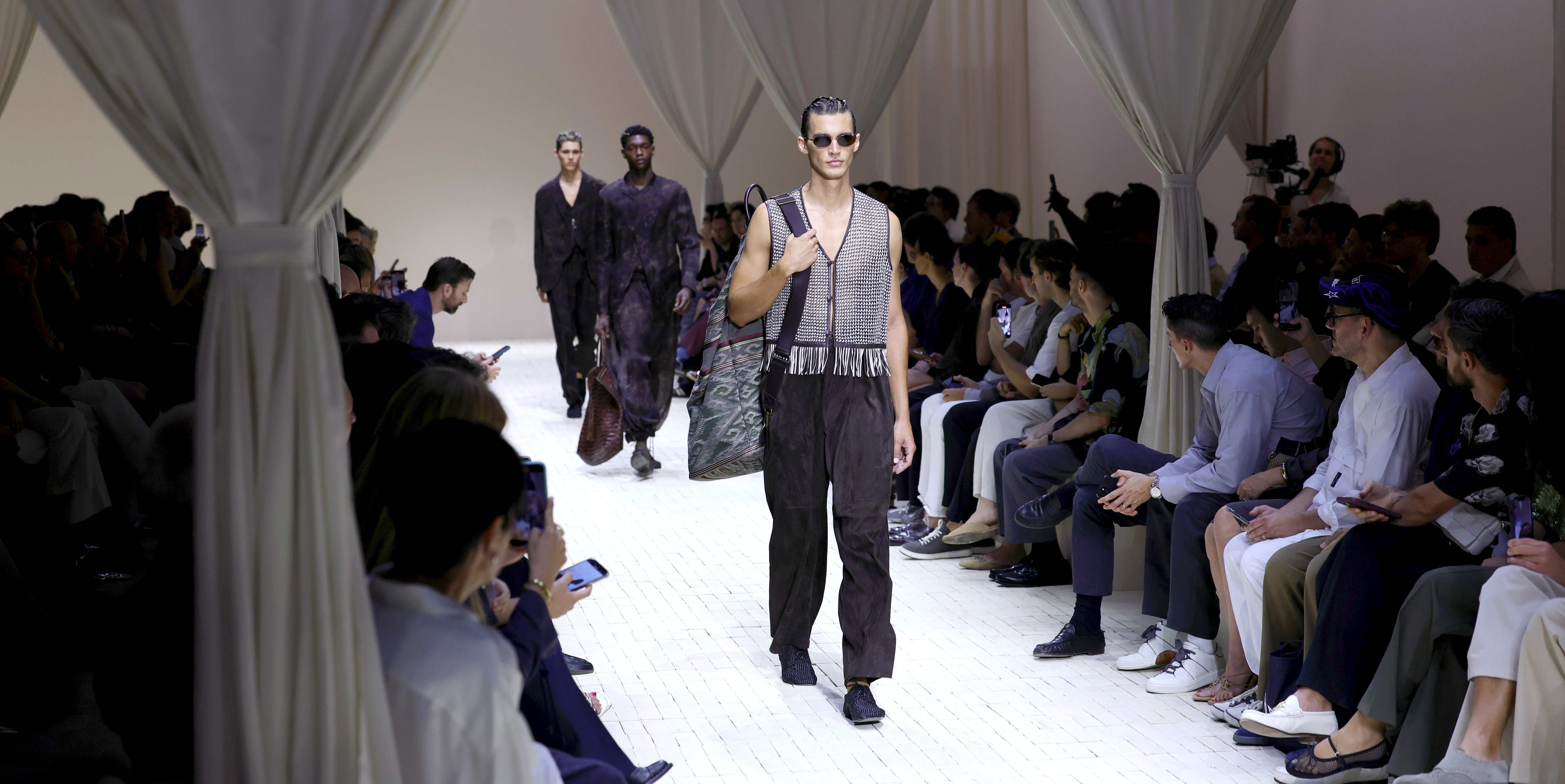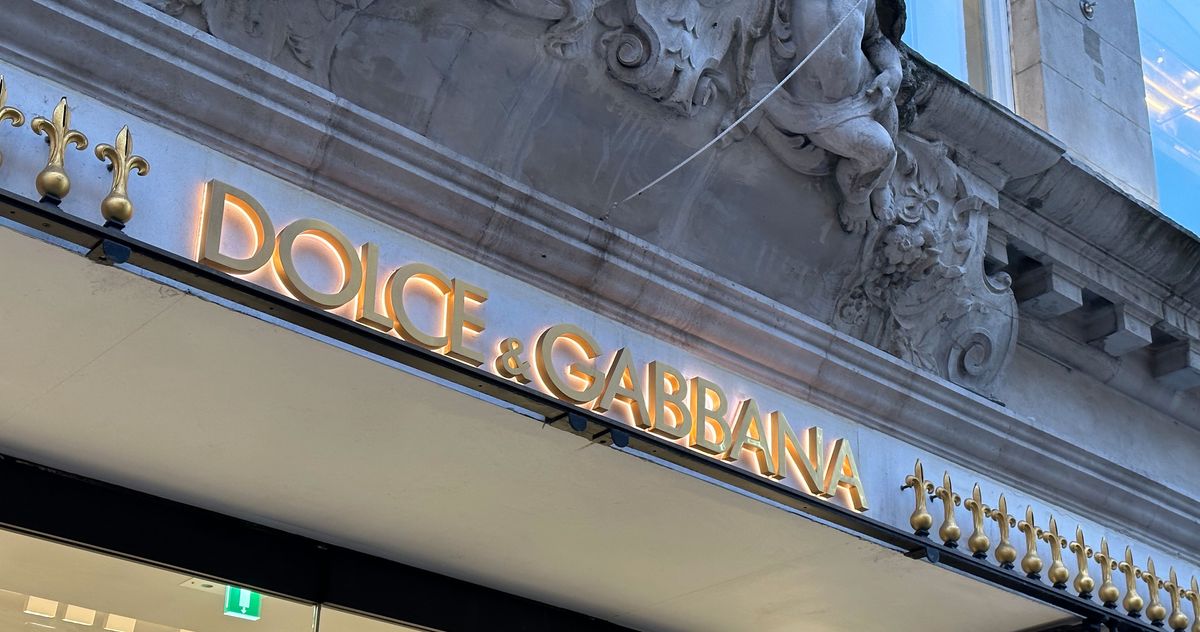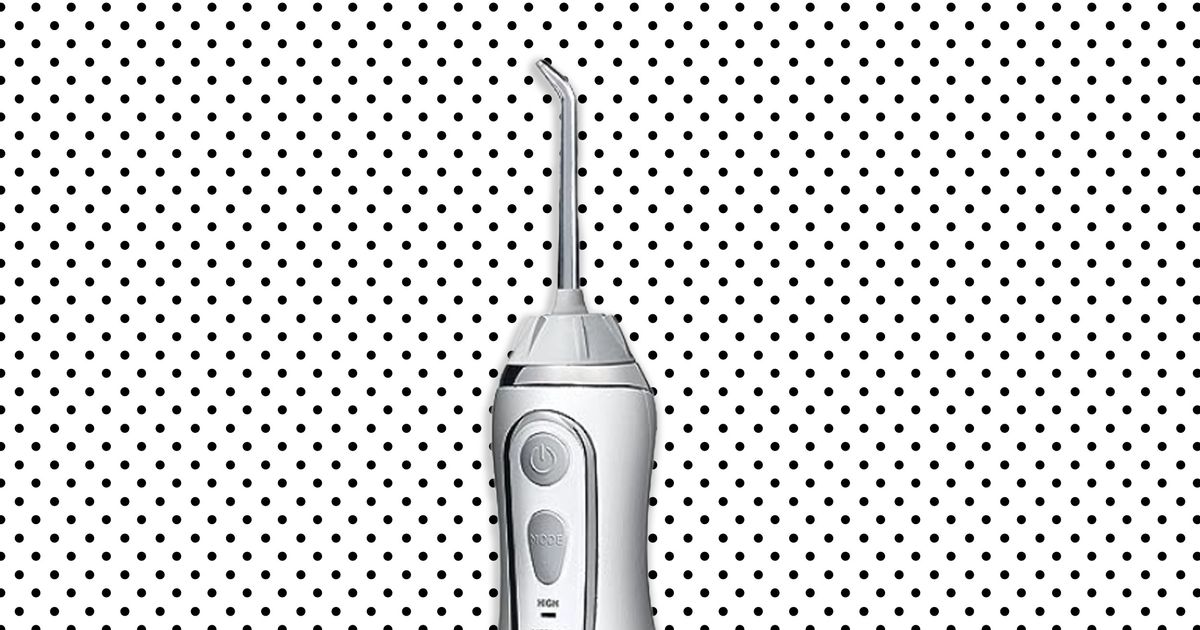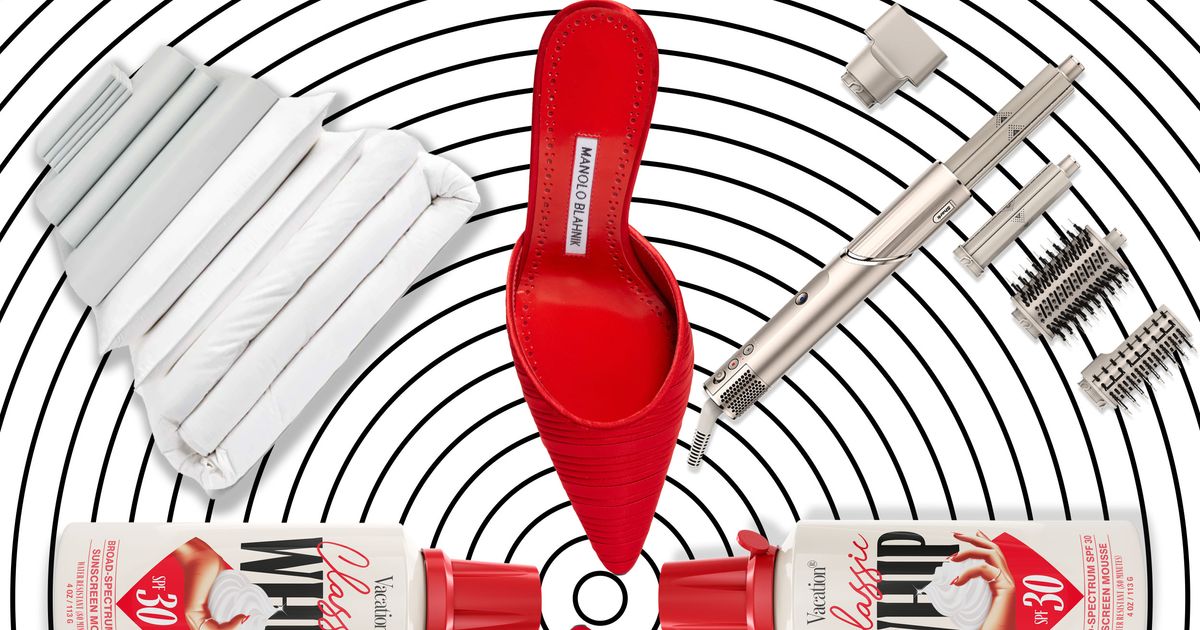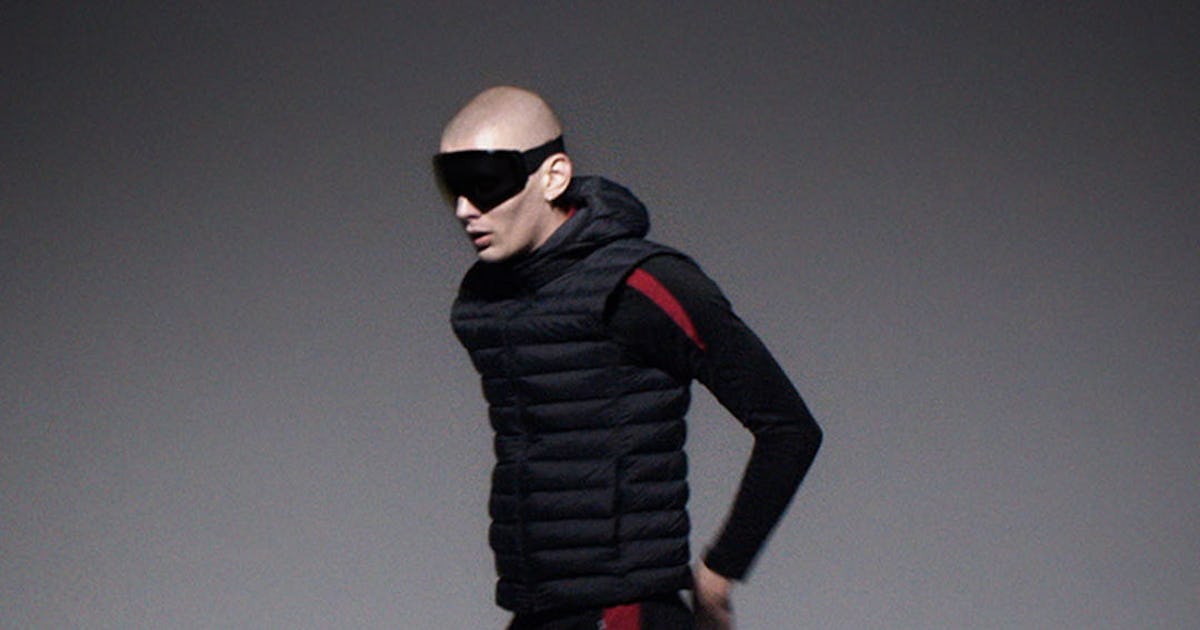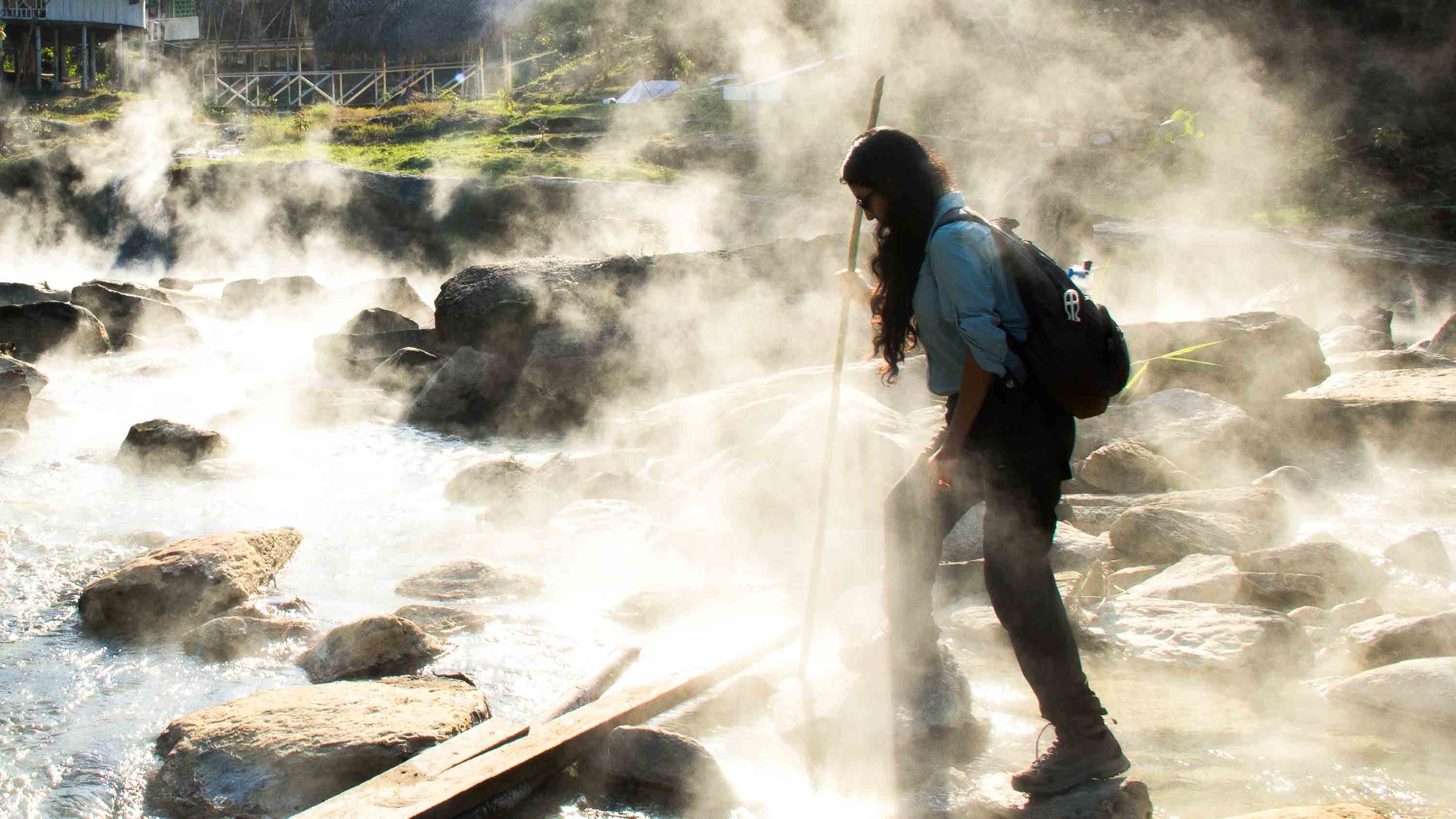All Hail the Slop Bowl, Lunch of Our Ancestors
We live in the era of the slop bowl. This fast-casual meal, described by the New York Times Magazine, as a “nebulous mash of ingredients” appreciated for its efficient deliciousness, is seen by some as part of a larger trend of slop best exemplified by low-effort, AI-generated content. But what if I told you that the slop bowl is deeply rooted in lunch history, and might actually be the apex of the classic lunch format? The humble bowl-dwelling midday mush dates back nearly to the start of human civilization. Recent tests run on “bevel-rimmed bowls,” found in abundance at Mesopotamian archaeological sites, suggest that these cheaply made, disposable containers were likely used to serve up pre-cooked meals made of grains, dairy, and meat. “I would say the original meal was the grain bowl,” agrees Dr. Megan Elias, director of food studies programs at Boston University and an expert in the history of lunch. For most of human history, resources were so strained as to make a single large meal a day a necessity, versus a luxurious three or more. That meal was usually some kind of combination of starches and proteins. The Roman Empire also ran on fast casual. Thanks to excavations at Pompeii and Herculaneum, we know more about the ancient food counters known as thermopoliums, where locals would line up for hot dishes including meat, bread, cheese, and vegetables. Fast forward to the 19th century. As Western society rapidly industrialized and urbanized, it became imperative for urban workers to be able to eat a fast and convenient meal in the middle of their strenuous workday. Some factory workers would bring a meal from home in a handkerchief, but for those without kitchens (or wives or servants) at home, that meant finding something quick to eat on the go—usually the equivalent of a street-food or fast food seller. “Street food wasn’t just a snack here and there,” says Elias. For urban dwellers and laborers, it has been how they fed themselves throughout the whole day for much of history. This street-level aspect of lunch makes it a fascinating meal, socially speaking. It’s the meal most often purchased and eaten in public, in full view of others. So, Elias says, “you can see strangers’ choices, their predilections, [and] their cultures right out on display.” A customer at a thermopolium might judge his co-worker for his choice of fish stew, just as the visibility of fast-casual chains and the kind of people who patronize them has led to judgment brought down on the innocent slop bowl. Back to the Victorian era: As the clerical class emerged alongside the industrial workers, and thousands of Bartleby the Scriveners sought a break from the drudgery of their desk work, chop-houses and modest eateries popped up throughout cities. In London, cheap eating houses were known as slap-bangs, “for their method of serving and the speed with which the customers were in and out.” Some offices didn’t permit their clerks to have any lunch breaks at all, not even at slap-bangs, and workers had to take advantage of the delivery-on-demand services that most eating houses offered. In a Victorian Doordash-like operation, chops, potatoes, and beer could be whisked through the streets by waiters, who would then stand by to wait on the diner as they quickly ate, and then take the plates and tankards back to the restaurant. In the 1840s the frequency of food delivery to postal clerks in London so annoyed the postmaster general that he finally granted them a midday break to leave and eat. The 20th-century versions of the city lunch spot included cafeterias and automats, where hundreds if not thousands of hot meals were served daily. Distinguishing itself from a typical cafeteria, an automat’s fresh meals were cooked in a kitchen and served through vending machines. A few coins would automatically release the delicious burger, soup, or pie into the customer’s waiting hand. The last automat, one of the original Horn & Hardart locations in New York City, closed in 1991, much to the sadness of its loyal customers. Shortly after, the first Chipotle opened in 1993, pioneering the fast-casual model which has since achieved prominence with the rise of the modern slop bowl. Fast-casual has dominated the 2020s, growing in popularity and consumer loyalty year over year. Clearly, the bowls are what people want. If a Victorian postal clerk could sample a Chipotle burrito bowl, he’d probably die happy: because really, the ideal lunch hasn’t changed much in a hundred years. In Elias’s exploration of early 20th-century sandwich recipes, “people are clearly looking for a range of tastes and textures, and they want as much experience packed between two pieces of bread as they can get.” Likewise, the modern-day bowl has an emphasis on fine-tuned textural excellence: in any given Cava bowl, for example, you can mix crunchy greens and warm grains, firm meat and slimy-soft vegetables, all tied together with a splash of sauce. Something that
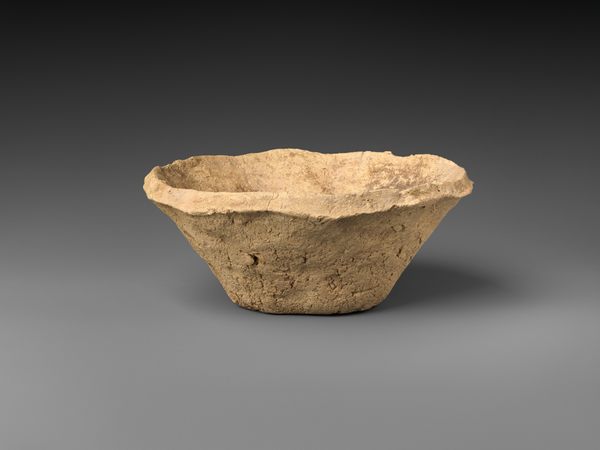
We live in the era of the slop bowl. This fast-casual meal, described by the New York Times Magazine, as a “nebulous mash of ingredients” appreciated for its efficient deliciousness, is seen by some as part of a larger trend of slop best exemplified by low-effort, AI-generated content.
But what if I told you that the slop bowl is deeply rooted in lunch history, and might actually be the apex of the classic lunch format?
The humble bowl-dwelling midday mush dates back nearly to the start of human civilization. Recent tests run on “bevel-rimmed bowls,” found in abundance at Mesopotamian archaeological sites, suggest that these cheaply made, disposable containers were likely used to serve up pre-cooked meals made of grains, dairy, and meat.
“I would say the original meal was the grain bowl,” agrees Dr. Megan Elias, director of food studies programs at Boston University and an expert in the history of lunch. For most of human history, resources were so strained as to make a single large meal a day a necessity, versus a luxurious three or more. That meal was usually some kind of combination of starches and proteins.
The Roman Empire also ran on fast casual. Thanks to excavations at Pompeii and Herculaneum, we know more about the ancient food counters known as thermopoliums, where locals would line up for hot dishes including meat, bread, cheese, and vegetables.
Fast forward to the 19th century. As Western society rapidly industrialized and urbanized, it became imperative for urban workers to be able to eat a fast and convenient meal in the middle of their strenuous workday. Some factory workers would bring a meal from home in a handkerchief, but for those without kitchens (or wives or servants) at home, that meant finding something quick to eat on the go—usually the equivalent of a street-food or fast food seller.
“Street food wasn’t just a snack here and there,” says Elias. For urban dwellers and laborers, it has been how they fed themselves throughout the whole day for much of history.
This street-level aspect of lunch makes it a fascinating meal, socially speaking. It’s the meal most often purchased and eaten in public, in full view of others. So, Elias says, “you can see strangers’ choices, their predilections, [and] their cultures right out on display.” A customer at a thermopolium might judge his co-worker for his choice of fish stew, just as the visibility of fast-casual chains and the kind of people who patronize them has led to judgment brought down on the innocent slop bowl.

Back to the Victorian era: As the clerical class emerged alongside the industrial workers, and thousands of Bartleby the Scriveners sought a break from the drudgery of their desk work, chop-houses and modest eateries popped up throughout cities. In London, cheap eating houses were known as slap-bangs, “for their method of serving and the speed with which the customers were in and out.”
Some offices didn’t permit their clerks to have any lunch breaks at all, not even at slap-bangs, and workers had to take advantage of the delivery-on-demand services that most eating houses offered. In a Victorian Doordash-like operation, chops, potatoes, and beer could be whisked through the streets by waiters, who would then stand by to wait on the diner as they quickly ate, and then take the plates and tankards back to the restaurant. In the 1840s the frequency of food delivery to postal clerks in London so annoyed the postmaster general that he finally granted them a midday break to leave and eat.
The 20th-century versions of the city lunch spot included cafeterias and automats, where hundreds if not thousands of hot meals were served daily. Distinguishing itself from a typical cafeteria, an automat’s fresh meals were cooked in a kitchen and served through vending machines. A few coins would automatically release the delicious burger, soup, or pie into the customer’s waiting hand.
The last automat, one of the original Horn & Hardart locations in New York City, closed in 1991, much to the sadness of its loyal customers. Shortly after, the first Chipotle opened in 1993, pioneering the fast-casual model which has since achieved prominence with the rise of the modern slop bowl.

Fast-casual has dominated the 2020s, growing in popularity and consumer loyalty year over year. Clearly, the bowls are what people want. If a Victorian postal clerk could sample a Chipotle burrito bowl, he’d probably die happy: because really, the ideal lunch hasn’t changed much in a hundred years.
In Elias’s exploration of early 20th-century sandwich recipes, “people are clearly looking for a range of tastes and textures, and they want as much experience packed between two pieces of bread as they can get.”
Likewise, the modern-day bowl has an emphasis on fine-tuned textural excellence: in any given Cava bowl, for example, you can mix crunchy greens and warm grains, firm meat and slimy-soft vegetables, all tied together with a splash of sauce.
Something that hasn’t changed between the days of the clerk in the chophouse and the modern era of the finance or tech desk jockey grabbing his DIG bowl is the sense of needing to break up the day, and find novelty where he can.
“If you only have half an hour in what might be a 10 hour workday, this is your one moment to choose something for yourself, and have a sensory experience,” says Elias. “Lunch is always an adventure. It's your time to do something different.”
